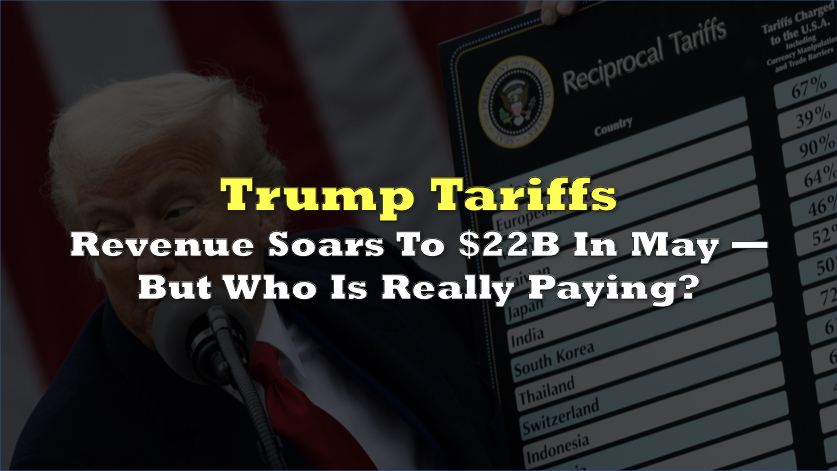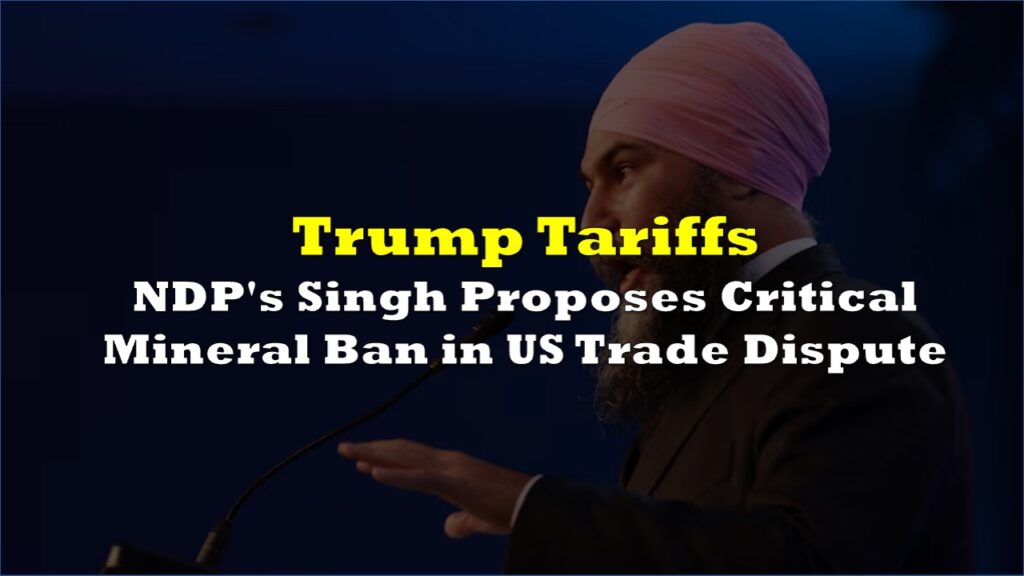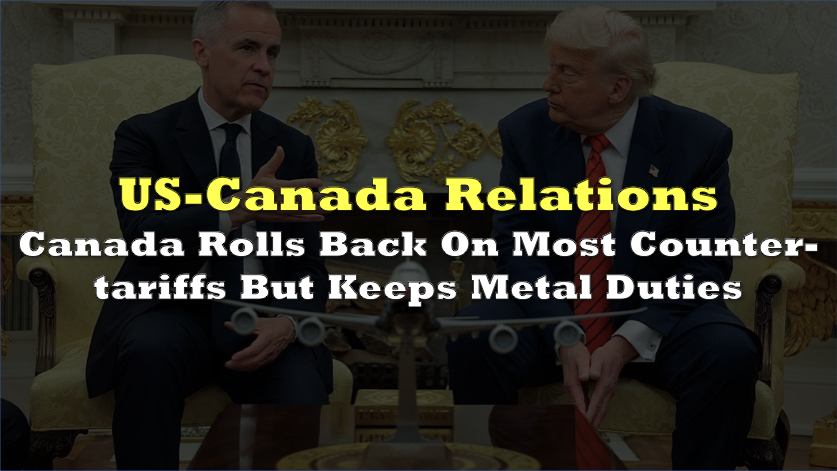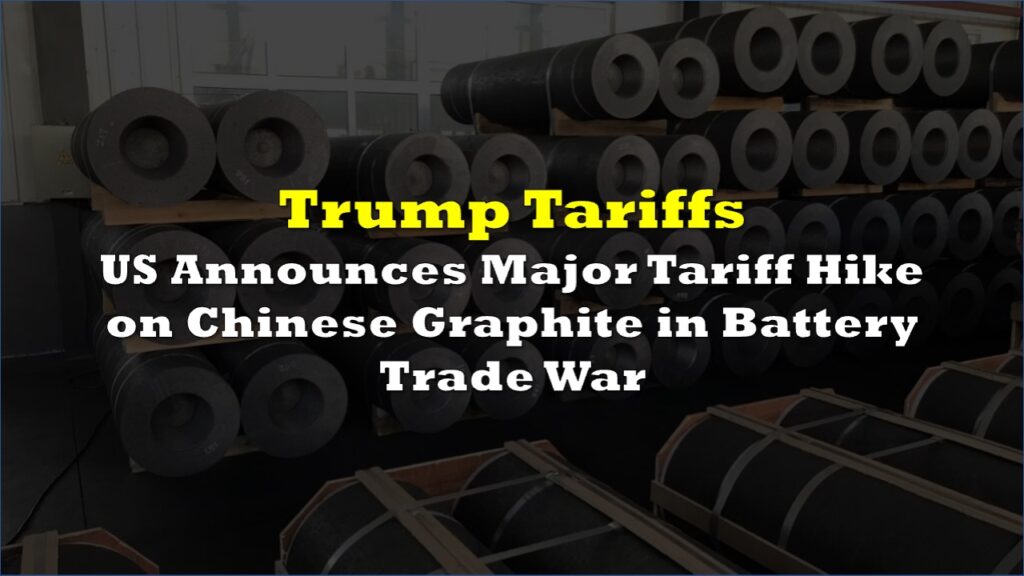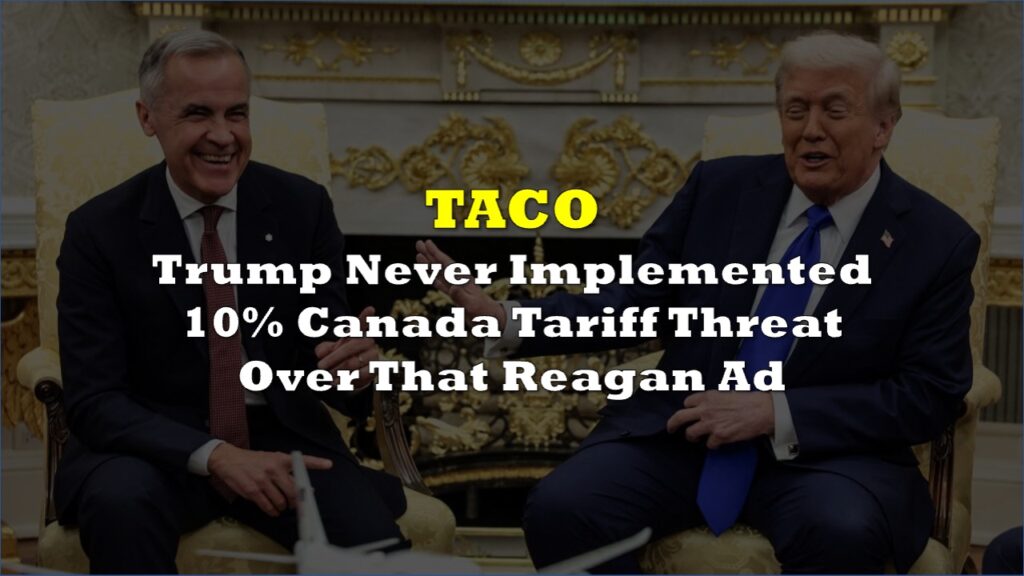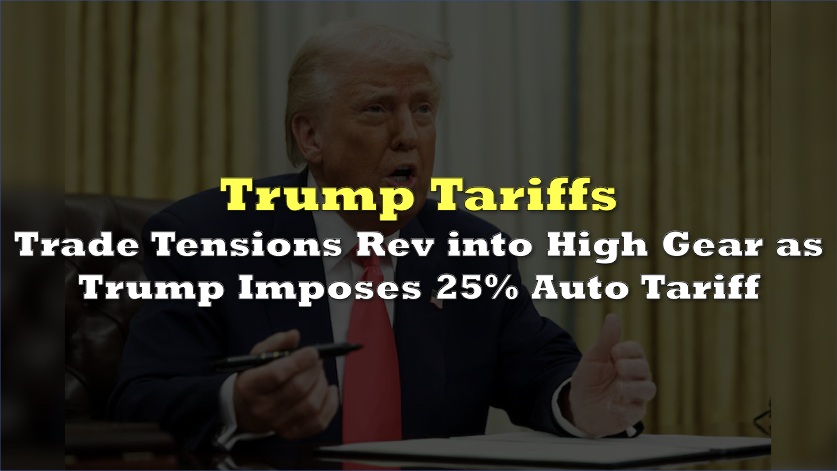US customs‐duty inflows hit an unprecedented $22.3 billion in May, eclipsing April’s $17.4 billion take and putting 2025 year-to-date receipts at $68.23 billion, up 78% versus the same period last year.
The spike follows President Donald Trump’s “Liberation Day” tariff package, which layered new levies on virtually every US import and ratcheted duties on most Chinese goods to 145% before a negotiated truce trimmed the rate to 30%.
Legally, the tax is paid at the border by importers. Economically, multiple studies show those firms pass most of the cost downstream. Yale University’s Budget Lab estimates the 2025 tariff slate will lift consumer prices 1.7% in the short run—about $2,800 per household, with lower-income families suffering the sharpest hit.
A companion paper finds apparel and footwear price tags rising 17% and 19%, respectively once substitution effects settle.

The Tax Foundation calls the 2025 tariff program “the largest tax hike since 1993,” projecting $156 billion in extra federal revenue this year but a 0.8% long-run drag on GDP and 685,000 fewer full-time jobs.
Penn Wharton Budget Model reaches an even starker verdict: GDP down 6% and wages down 5% over time, dwarfing the impact of simply lifting the corporate tax rate to 36%.
Collected $22 billion in tax, that Americans paid.. https://t.co/ICCFUfM8hK
— Agent Self FBI (@RetroAgent12) June 3, 2025
May’s core inflation cooled, in part because retailers rushed to beat the April duty hike, creating a temporary glut and absorbing some costs to stay competitive. Softer food and energy prices also helped mask tariff effects. Economists warn the reprieve is fleeting; once inventories clear, “prices will ratchet higher,” as one Federal Reserve briefing put it.
Trump argues tariffs can finance the proposed “One Big Beautiful Bill” that would extend and expand the 2017 tax cuts at a $4.1 trillion ten-year cost. Even optimistic estimates peg cumulative tariff revenue nearer $1.4 trillion–$1.6 trillion under current law, leaving a multi-trillion-dollar gap.
Last week the US Court of International Trade ruled that the Liberation Day duties “exceeded statutory authority.” The court vacated the tariffs; an appeals-court stay now keeps them in force while litigation continues. Any refunds hinge on a final ruling.
The Justice Department has appealed, but trade lawyers say uncertainty could persist for a year or more, complicating corporate pricing strategies and federal cash-flow forecasts.
The windfall is undeniable. So are the downstream costs. Whether paid at the loading dock or the checkout line, tariffs function as a stealth sales tax—one that falls hardest on households with the least room in their budgets.
Information for this briefing was found via The Newsweek and the sources mentioned. The author has no securities or affiliations related to this organization. Not a recommendation to buy or sell. Always do additional research and consult a professional before purchasing a security. The author holds no licenses.

